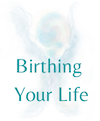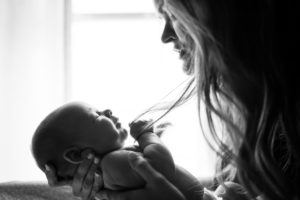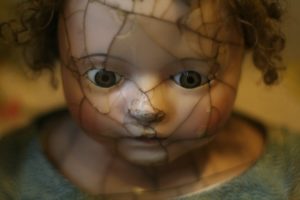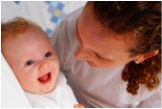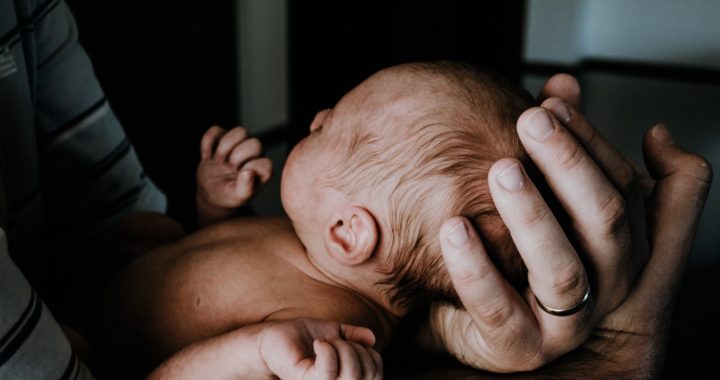
Prenatal and Perinatal Ramblings on a Computer Crash
It amazed me how much of my life history can be represented in my relationship
In life, I make it a point to stay up to date in my relationships. I tell my husband I love him, because it’s true. If something were to happen to him, I don’t want it to happen without him having experienced me expressing my love. The death of my twin in the womb echoes in my relationships, always reminding me of the
Posted in Uncategorized.
